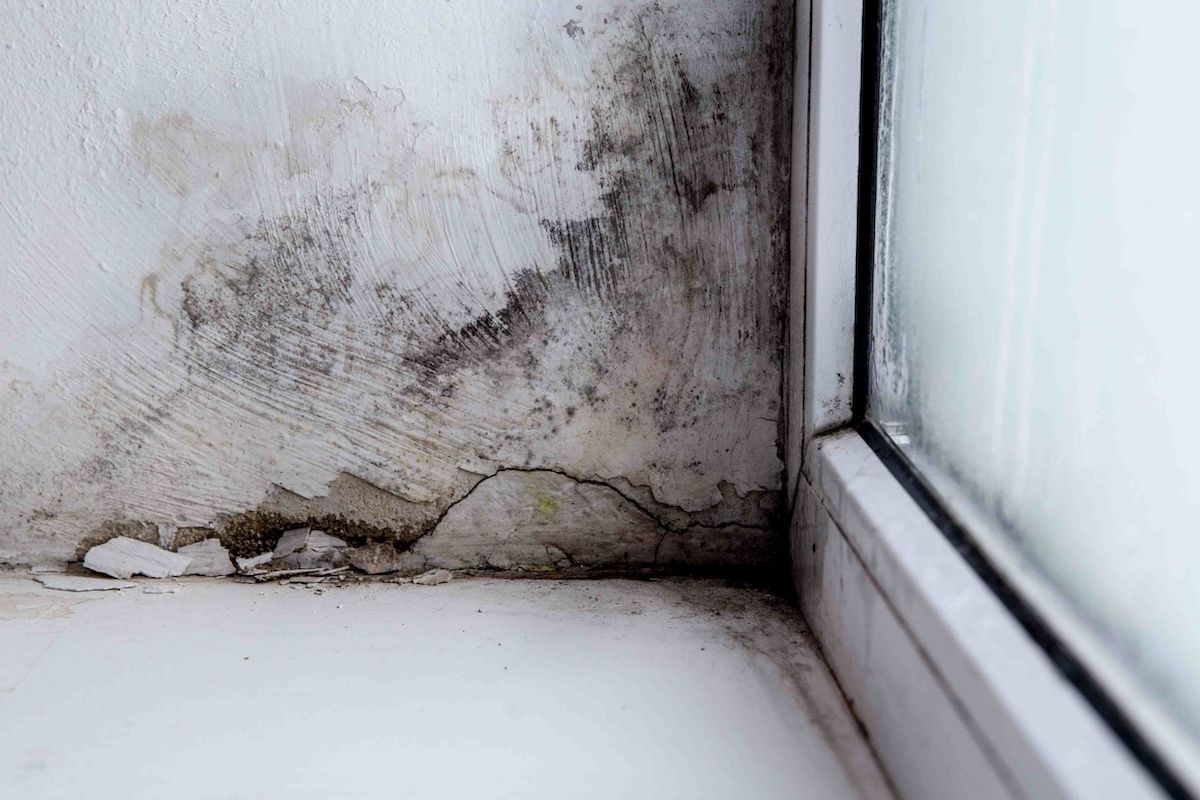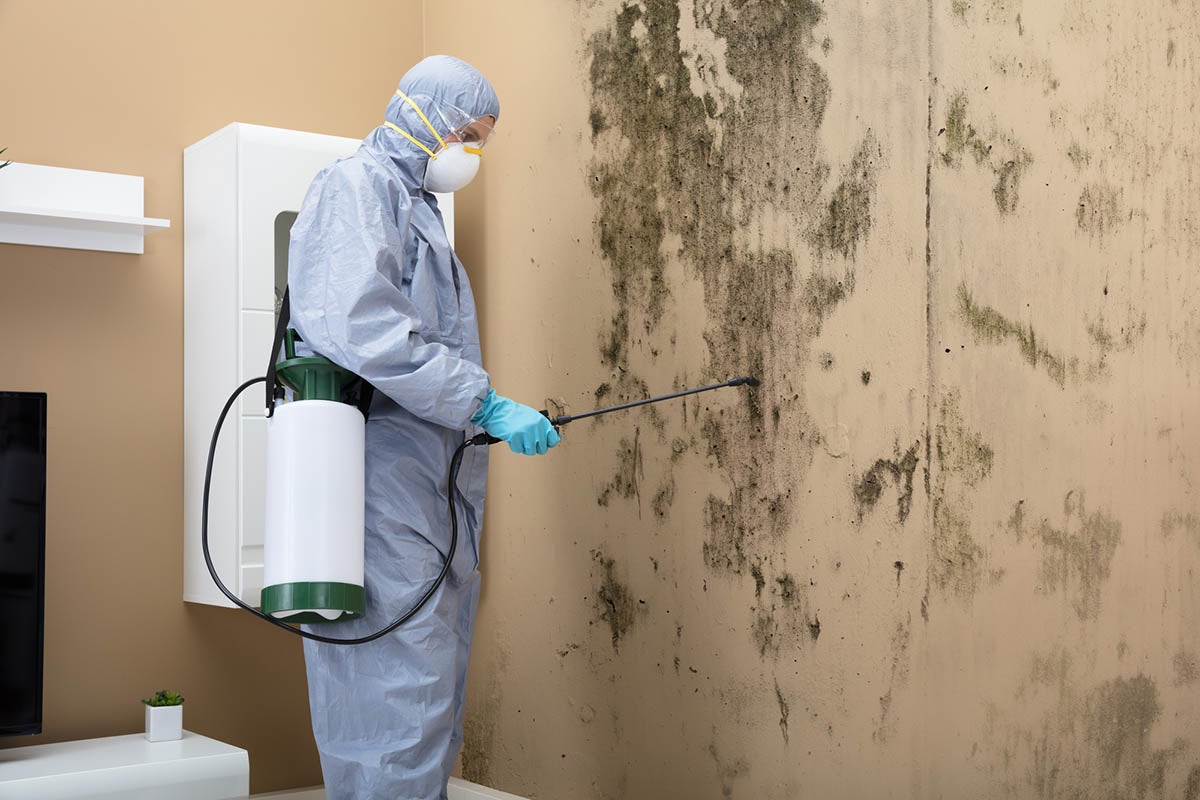Testing Air Quality After Mold Remediation
Your Ultimate Overview to Message Mold And Mildew Removal Methods
In the consequences of mold and mildew problem, understanding how to efficiently get rid of the mold and mildew and stop its reoccurrence is vital for preserving a healthy and balanced indoor environment. From choosing the right cleaning and decontaminating techniques to carrying out approaches for long-lasting mold and mildew prevention, each step in the removal trip plays an important role in guaranteeing a successful result.
Comprehending Post-Mold Remediation Process
After completing the mold removal process, it is important to understand the post-mold remediation techniques that are essential to make certain a detailed and efficient cleanup. When the mold has actually been eliminated, the following step involves cleaning and disinfecting the affected locations to protect against any type of regrowth of mold. This includes utilizing specialized cleaning up agents to clean down surfaces and eliminate any type of remaining mold spores. It is important to dry out the area totally to dissuade the growth of mold in the future (Post Mold Remediation Report). Proper ventilation and dehumidification can help in this procedure.
Moreover, performing a last evaluation post-remediation is essential to make certain that all mold has been successfully eliminated. If the evaluation exposes any sticking around mold and mildew, extra remediation may be essential.
Reliable Cleansing and Disinfecting Techniques

Stopping Future Mold And Mildew Development

Importance of Proper Ventilation
Appropriate air flow plays an essential duty in protecting against moisture buildup, a vital aspect in mold growth within interior atmospheres. Effective air flow systems help eliminate excess humidity from the air, decreasing the opportunities of mold and mildew spores discovering the dampness they need to spread and germinate. review Without adequate ventilation, indoor areas can end up being a breeding place for mold and mildew, bring about possible health threats and structural damages.
By ensuring proper air flow, air flow systems can also aid in drying wet areas quicker after water damage or flooding events, better hindering mold growth. what to do after mold remediation. In areas like washrooms, basements, kitchen areas, and attic rooms where dampness degrees have a tendency to be greater, mounting and preserving reliable ventilation systems is essential in avoiding mold problems

Monitoring and Maintenance Tips
Given the critical duty that appropriate ventilation plays in protecting against mold and mildew development, it is important to establish effective Our site surveillance and upkeep pointers to make sure the continued functionality of air flow systems. Regular examinations of ventilation systems ought to be carried out to look for any indicators of obstructions, leaks, or malfunctions that can restrain appropriate air flow. Tracking humidity levels within the home is also critical, as high humidity can contribute to mold and mildew growth. Mounting a hygrometer can aid track humidity degrees and alert homeowners to any kind of spikes that may require interest. In addition, making sure that air filters are consistently cleaned up or changed is crucial for maintaining the effectiveness of the air flow system. Implementing a schedule for regular upkeep tasks, such as duct cleansing and heating and cooling system examinations, can aid protect against problems prior to they escalate. By staying aggressive and conscientious to the condition of air flow systems, property proprietors can successfully alleviate the threat of mold and mildew regrowth and maintain a healthy indoor environment.
Final Thought
In conclusion, post-mold remediation strategies are vital for guaranteeing a clean and secure atmosphere. Recognizing the procedure, implementing effective cleaning and sanitizing approaches, preventing future mold growth, keeping appropriate air flow, and routine monitoring are all vital action in the removal process. By following these standards, you can efficiently remove mold and mildew and prevent its return, promoting a healthy living or functioning room for all owners.
In the aftermath of mold invasion, understanding just how to successfully eradicate the mold and avoid its reoccurrence is vital for preserving a healthy and balanced indoor environment. When the mold has actually been gotten rid of, the following step entails cleansing and disinfecting the influenced areas to stop any type of regrowth of mold - testing air quality after mold remediation. After removing visible mold and mildew development, it is essential to clean all surfaces in the afflicted location to remove any home type of continuing to be mold and mildew spores. To even more boost mold and mildew avoidance measures, it is vital to attend to underlying concerns that initially led to mold growth.Offered the critical function that appropriate ventilation plays in protecting against mold and mildew development, it is vital to develop effective surveillance and maintenance pointers to make certain the continued capability of ventilation systems